Comparing And Contrasting Adult Swim’s “Rick and Morty” With Hulu’s “Solar Opposites”
Solar Opposites premiered last month on Hulu with an eight-episode first season, introducing Korvo, Terry, Yumyulack, Jesse, and the Pupa to adult animation fans everywhere. Despite being an all-new series, the world and characters are similar enough to a particular popular Adult Swim show that it already has a fan base in place.
Most fans of Solar Opposites are aware that it hails from Justin Roiland and Mike McMahan, two of the creative voices responsible for Adult Swim’s highly admired Rick and Morty. Roiland not only serves as co-creator of the series, but he is also well-known for providing many of the unique voices in the show, including the unstable alcoholic genius scientist Rick Sanchez and his unassuming grandson Morty Smith.
Rick and Morty may glean a lot from Roiland’s talent, but the series also contains a distinct fingerprint from co-creator Dan Harmon. Harmon is best known for his work on the cult-classic comedy sitcom Community for NBC (and eventually Yahoo!). The fan-favorite series starred Joel McHale (The Soup, Stargirl), Donald Glover (Mystery Team, Spider-Man: Homecoming), Gillian Jacobs (Love, Girls), Alison Brie (GLOW, Mad Men), Danny Pudi (Duck Tales, Powerless), Yvette Nicole Brown (Lady and the Tramp, DC Super Hero Girls), Chevy Chase (Vacation, Caddyshack), Ken Jeong (The Hangover, The Masked Singer), and Jim Rash (Harley Quinn, Duck Tales).
Community saw a six-season run that ended in 2014, during which time Harmon dealt with a multitude of issues, including being fired and re-hired due to a dispute with actor Chevy Chase. Struggling viewership caused the show to teeter on the edge of cancellation during the majority of its run, eventually being pulled from NBC altogether with the sixth season moved to Yahoo. If that wasn’t enough, the series went through numerous cast changes, with Chevy Chase, Donald Glover, John Oliver, Johnathan Banks, Yvette Nicole Brown, and others either leaving to fulfill other commitments or other dreams.
Luckily for Harmon, the end of Community came at the perfect time in his career. In 2013, shortly before his struggling series came to an end, the show that would go on to change Harmon’s life began to air on Adult Swim in the form of the previously mentioned Rick and Morty. Teaming up with the hilarious Roiland, whose prior credits include work on The Simpsons and Gravity Falls, Harmon finally found a place to unleash the wit and depth that helped him gain a core following on his sitcom. For the first time, Harmon seemed able to tell the stories and the jokes he wanted to without the muzzle of NBC.
Rick and Morty is without a doubt, one of the most popular animated series currently airing, and it provided the adult animation industry with the spark that the story-telling medium had been missing. More of a phenomenon than a cartoon, the series has spawned it’s very own Rickmobile, which is a real-life tour bus bearing the likeness of the man himself, which travels the country, bringing merchandise and joy to fans everywhere. The fanbase for Rick and Morty is such a formidable force that fast-food chain McDonald’s was inspired to revive the decades-old Szechuan sauce, which initially existed to promote Disney’s 1997 animated feature Mulan.
In the seven years since Rick and Morty premiered, many fans have credited the unmatched success of the show to both Harmon and Roiland. Without any clear separation of the creative voices each creator possesses, it can be challenging to understand which pieces of the show come from which director. Now that Roiland has followed up with his new series Solar Opposites, that is no longer the case.
By utilizing Community and Solar Opposites as examples of the creative fingerprints left behind by Dan Harmon and Justin Roiland, respectively, we are now able to take a more in-depth look at which pieces of the viral Adult Swim series should credit to who. To do this, we must dig in and discover both the similarities and the differences between Rick and Morty and Solar Opposites.
It is important to note that Solar Opposites isn’t a solo project, so not everything in the series comes from Roiland, as such you must include the co-creator, Mike McMahan, of whom also worked on Rick and Morty, so the overall footprint of the show is similar. Both shows often utilize call-back humor and colorful supporting characters like Mr. Poopybutthole and the Pupa who get occasional side-stories, the delivery of lines in both shows has the same loose feel to it, and many of the voices throughout Rick and Morty pop up in Solar Opposites.
Not only does Roiland voice the main character of Korvo in Solar Opposites, but he also lends his voice to Rick Sanchez in Rick and Morty. The two may not sound exactly the same, but they sound similar enough that fans will undoubtedly recognize the voice rather quickly. Even the characters are similar, with both Rick and Korvo being the geniuses in the family who invent sci-fi gadgetry. Also, both of the main characters are aware that they’re in a television show, often making meta-commentary to other characters in the show or altogether addressing the audience like is done in the opening credits of each episode.
The tone of the show itself is similar enough to Rick and Morty that the aliens starring in it could easily exist on another planet in Universe C-137. Both series even include the same memorial animation for J.Michael Mendel and his dog. There is also a sign that says schwifty, part of Sanchez’s famous catchphrase, and the same billboard for Roiland’s video game Trover Saves the Universe appears in both shows, as shown below.
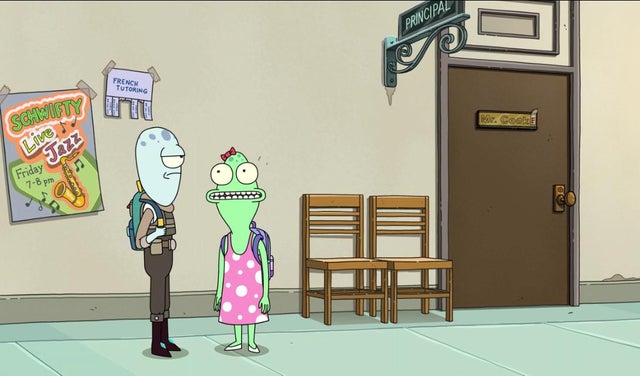

Many of the guest stars that lend their voices to episodes of Rick and Morty also play characters in the new Hulu series, giving the show even more of a familiar vibe to viewers. These include Christina Hendricks (Mad Men), Thomas Middleditch (Godzilla: King of the Monsters), Alfred Molina (Spider-Man 2), Andy Daly (Iron Man 3), Kari Wahlgren (DC Super Hero Girls), and more. The respective actors/actresses and their roles are listed below, with their Rick and Morty characters being listed first.
- Christina Hendricks – Unity / Cherie
- Alfred Molina – The Devil / Duke
- Kari Wahlgren – Jessica / Teacher
- Andy Daly – Krombopulous Michael / Tim
- Thomas Middleditch – Tommy / Terry
These things make Solar Opposites similar enough to Rick and Morty that the new series will feel familiar to fans while also carving out its own place in the adult animation scene. Luckily, the show is different enough that we can isolate and observe which missing bits are an echo of Harmon’s absence.
The humor in Solar Opposites is good enough to stand on its own, retaining the same silly nonsense that Roiland often injects into his Adult Swim series. What is, unfortunately, glaring is the missing wit and depth that Harmon is best known for contributing. Fans of Community are aware that Harmon splices heavy storylines into the madness that seems to be all fun and games. Examples of these lie throughout Rick and Morty. Still, they seem to be all but missing in Roiland’s new Hulu show, further isolating the creative voices each provides to the popular animation. While there is some deeper storytelling going on with the miniaturized humans living in Yumyulack and Jesse’s wall, the series doesn’t tug on the heart as heavy as Rick’s lowest points do, which are often coupled with emotional songs to hammer the moment home such as Kotomi and Ryan Elder’s Don’t Look Back, Chaos Chaos’ Do You Feel It, and Blonde Redhead’s For the Damaged Coda.
Another big difference between the two shows that may not appear at first glance revolves around continuity. Rick and Morty has made it clear time and again that stories in the show are self-contained rather than the series containing one over-arching theme. While there are general plot-lines that usually run through the seasons, often connecting the pilot and the finale in some way, the series spends plenty of time with other versions of our heroes. This approach allows for any number of adventures to take place with fewer restrictions, with the creators having the ability to tell stories with Ricks and Morties from other universes to shake things up now and then. Alternatively, Solar Opposites is a linear tale about a single group of aliens and the miniature humans that live inside their wall, meaning that audiences are always following the same versions of the main characters and giving plot events lasting effects which make for a fuller experience.
Ultimately, both of these shows will likely appeal to the same general audiences, meaning that fans of Rick and Morty will be glad they checked out Solar Opposites, and vice versa. Casual viewers looking for similar humor and fun animated sci-fi adventures will find what they love in both series. While more critical television viewers may notice writing differences or different story-telling devices, Solar Opposites seems to serve as a sister-series of sorts, with many fans finding the quality of both to be quite similar.
It is essential to keep in mind that Solar Opposites is still in its infancy. With a mere eight episodes released, the show has a lot of room to grow the same way its predecessor did over the years. Another thing worth noting is that the show was initially developed for FOX before being picked up by Hulu as a pre-emptive replacement for Rick and Morty once that goes to HBO MAX. The show received a two-season order, which means fans have at least one more season to look forward to, at which point we will be able to take a more in-depth look at what sets these shows apart, further identifying Roiland’s creative voice. At the rate Solar Opposites is headed, fans may wind up preferring it.


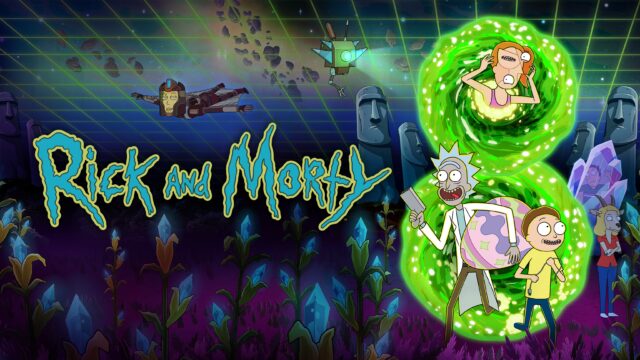
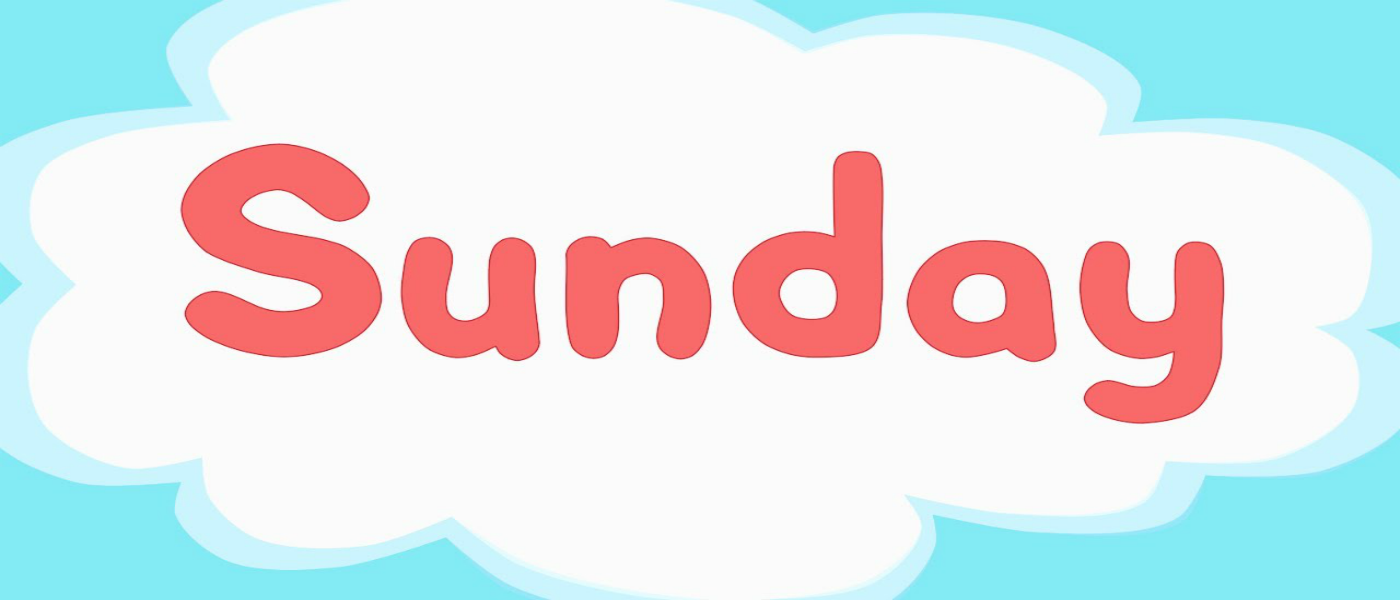














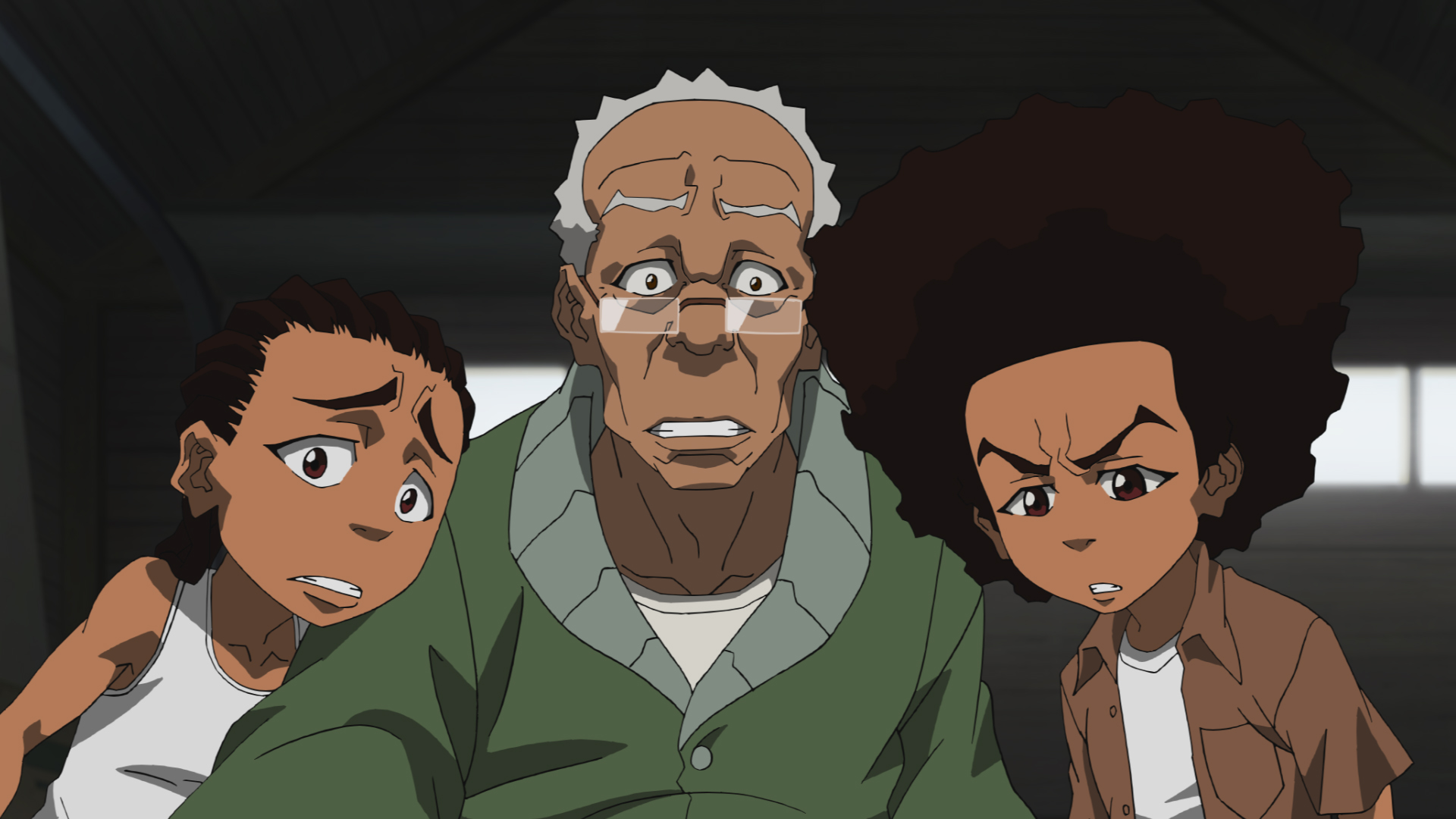





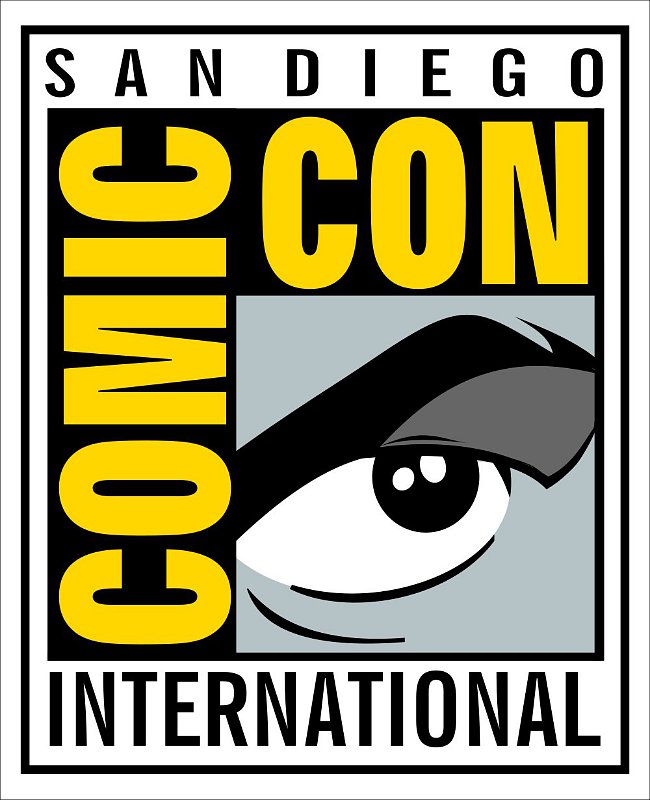
"There are also other characters that come and go (also owned by the Warner Bros. Discovery conglomerate media company)."
Huh. Is that just referring to other characters from the show itself, or is this implying that the new season is going to have cameos from other WBD IPs